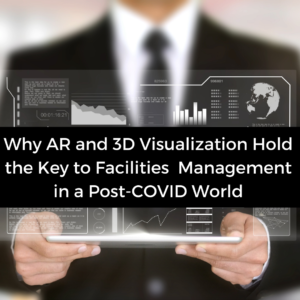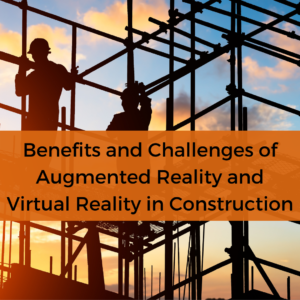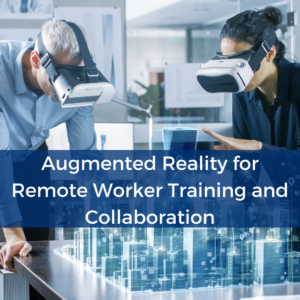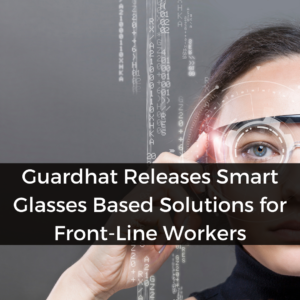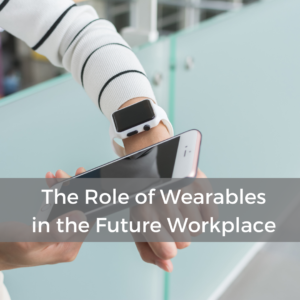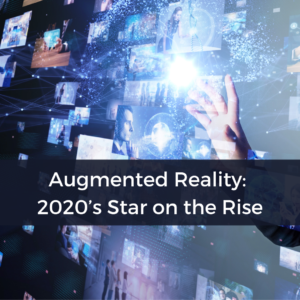The New Normal of COVID-19: 3 Technologies Supporting the Frontline

Recent surveys reveal how COVID-19 has accelerated digital transformation. ComputerWeekly released the following statistics:
- 89% of CIOs report that digital transformation within their company has accelerated; 58% claim it will continue to grow in 2021
- 79% are reinventing their business model
- 99% believe that economic growth can flourish from using digital manufacturing technologies; 90% are planning to evolve their business models due to the current business environment
- COVID-19 has increased digitisation of customer interactions by years, according to a study from October this year – the number increased from 33% in December 2019 to 58% in July 2020, equating to a 3-year acceleration based on previous trends
Key frontline technologies currently involved in strategies for digital transformation are:
- Augmented Reality: This technology allows workers to work together remotely, which is especially useful for training. Earlier this year, PTC and Rockwell Automation started to offer Vuforia Chalk, remote assistance platform, for free. The AR tool enables factory workers to connect with remote experts to discuss technical issues while sharing a view. PTC has seen AR boost productivity by 50% and reduce errors by 90%. Examples include global engineering company Howden leveraging Chalk to release a standardised program to units internationally, and GlobalFoundries using Vuforia Expert Capture to record and deploy instructions. AR also aids marketing and sales, bridging the gap between customers and professionals.
- Industrial Internet of Things: IIoT provides opportunities such as workforce tracking, remote asset control, and remote collaboration, ensuring security and safety for employees. 93% of digital leaders stated that digital investments made before the pandemic allowed for an agile response, according to a survey by 451 Research. IIoT gives the necessary insight and data that enables companies to respond appropriately and quickly, as well as offer new value to customers. Before the pandemic, healthcare manufacturer bioMérieux created a remote service platform for products, consisting of over 16,000 connected diagnostics systems. Customers then turned to the platform to resolve issues once the pandemic began, increasing the tool’s usage by 40%.
- Robotics and Automation: To protect healthcare workers in the pandemic, robots have been deployed in various roles. “Cobots” (collaborative robots) are key for improving productivity and human workers’ abilities; one example is a metal fabricator in Texas maintaining social distancing by utilising a team of cobots to meet demand. Spatial computing is another significant technology, helping to better understand how machines, humans, and products spatially relate to one another. The technology combines AR, IIoT, Artificial Intelligence, computer vision, and camera sensors to elevate seamless collaboration between humans and machines.
The article concludes by recognising how COVID-19 has acted as a catalyst for technological developments, as digital transformation is now a necessity for the enterprise. Innovative technology supports essential workers and allows businesses to thrive.
See PTC’s AREA member profile here, and read the full article here.
